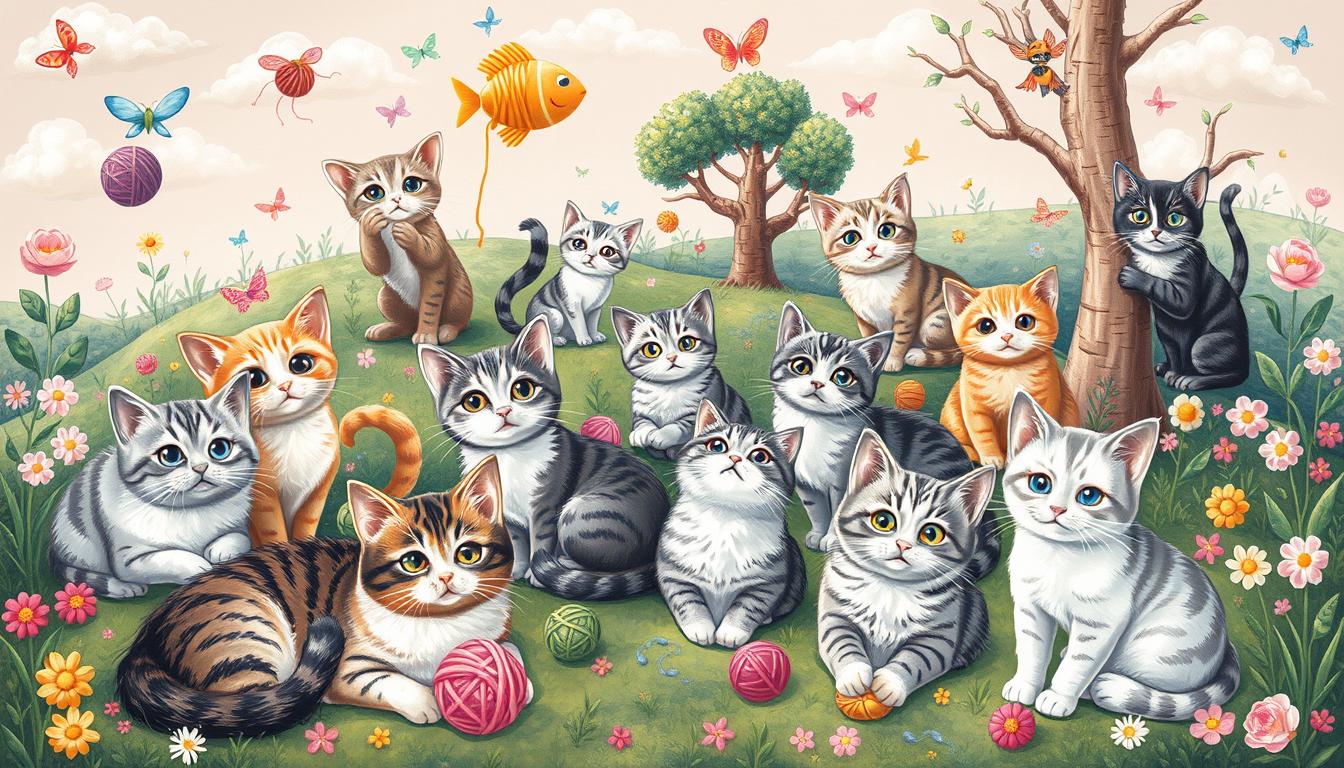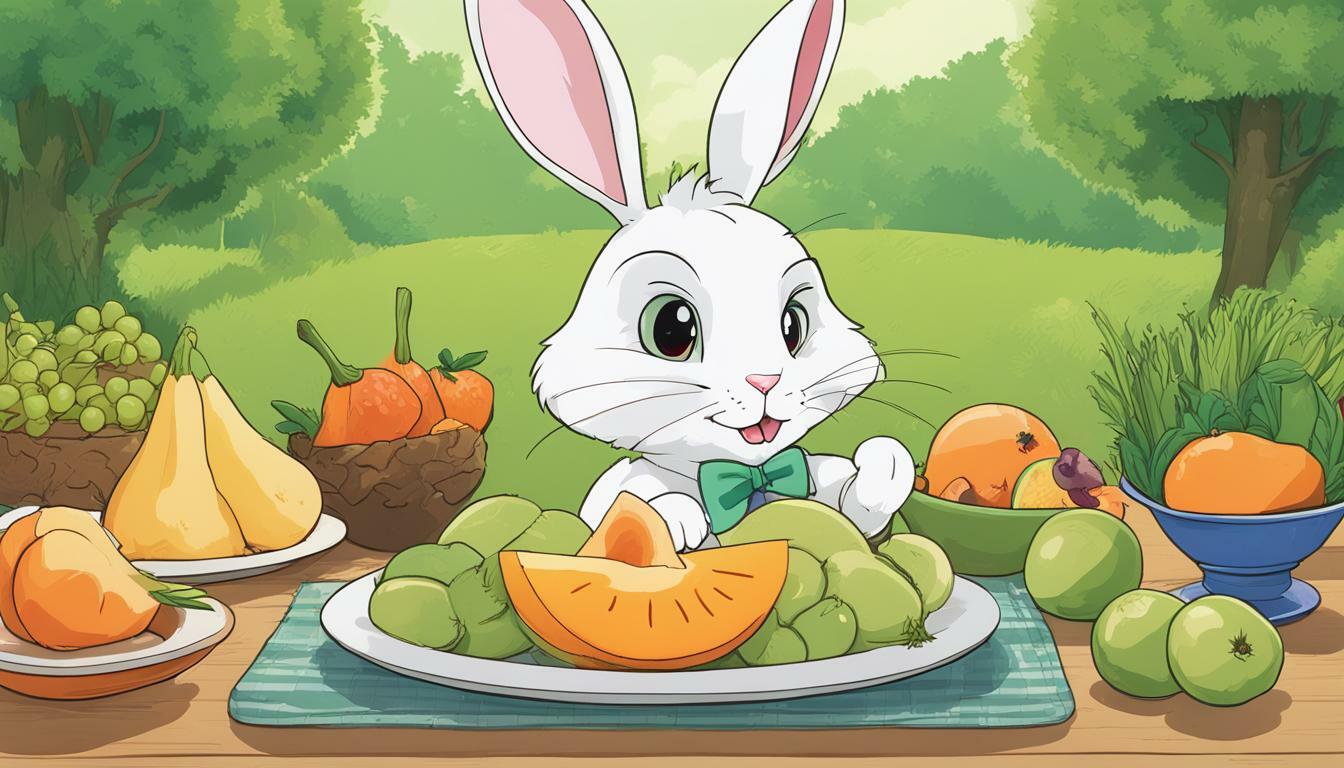Fun Facts About Ravens: Discover These Smart Birds

Table of content:
- Understanding Ravens: Meet Nature’s Genius Birds
- Mind-Blowing Facts About Ravens That Will Amaze You
- The Remarkable Intelligence of Ravens
- Communication and Social Behavior in Ravens
- Ravens in Culture, Folklore, and Mythology
- Survival Skills and Adaptability
- Surprising Superstitions and Beliefs About Ravens
- Raven Conservation and Protection
- Conclusion
Ravens are really smart birds. They are part of the corvid family, like crows. They are as clever as chimpanzees and dolphins.
Ravens can even talk like humans. They can make sounds like cars and other animals. In fact, one raven learned to say “nevermore.”
Ravens love to play. They slide down snowy roofs and make toys from sticks and pinecones. Their smartness is amazing to see and study.
Understanding Ravens: Meet Nature’s Genius Birds
The common raven is amazing with its black feathers and big size. They are smart birds that can solve problems and live in many places. They can be found in cold tundras and busy cities all over the world.
Physical Characteristics of Ravens
Ravens are bigger than crows. They have a special tail and strong beak. Their wings are wide and strong, letting them fly well. They are heavy, making them look impressive.
Differences Between Ravens and Crows
Ravens and crows are related but different. Ravens are bigger and have a special tail. They also have a deeper call than crows.
Distribution and Habitat Range
Ravens live almost everywhere except South America and Australia. In North America, there are millions of them. They live in many places, from cold tundras to cities. This makes them very successful in the wild.
Mind-Blowing Facts About Ravens That Will Amaze You
Ravens are amazing birds. They are smart, can mimic sounds, and love to play. Their abilities will amaze you.
Raven’s Ability to Mimic Human Speech
Did you know ravens can mimic human speech better than some parrots? They can make many sounds, like car engines and animal calls. They even copy our voices. Their mimicry shows how smart they are.
Playful Behavior and Games
Ravens are not only smart but also playful. They roll down snowy hills and play with other animals. They even make toys to play with. Their aerial acrobatics are amazing to watch.
Longevity and Lifespan
Ravens live a long time. They can live up to 17 years in the wild and up to 40 years in captivity. This long lifespan helps them learn and form complex social bonds.
Ravens are truly amazing birds. They amaze us with their vocalizations and playful nature. They are among the most fascinating birds in the world.
The Remarkable Intelligence of Ravens
Ravens are very smart birds. They are as smart as great apes. They can solve problems, use tools, remember things, and plan for the future.
Problem-Solving Abilities
Ravens are smart from a young age. They are as smart as adult great apes when they are just four months old. They can solve puzzles and tests to get food in 30 seconds.
Tool Use and Creation
Corvids, like crows, can use tools to get treats. Ravens make tools to get food. They strip bark and make hooks to reach food.
Memory and Recognition Skills
Ravens remember faces and hold grudges. They can be mean to people who wronged them. They also remember who is important in their group.
Planning for the Future
Ravens can plan for the future. They hide food for later and trick other ravens. They understand cause and effect, like when they hear gunshots.
Ravens are amazing birds. They are very smart and have special abilities. They are natural wonders.
Communication and Social Behavior in Ravens
Raven calls are truly captivating. They show the birds’ remarkable communication skills. These smart birds use many sounds, like deep croaks and gurgling noises. They even mimic human speech.
But they don’t just use sounds. Ravens also talk with their beaks and gestures. This shows how they can communicate in many ways.
Raven social structure is fascinating. They form strong, monogamous bonds. They often mate for life and live in pairs in fixed territories.
Young ravens even form “teenage gangs” before pairing off. This shows their complex social dynamics. They can remember and respond to specific individuals for years. This is a skill that rivals many mammals.
Ravens’ vocalizations and social hierarchies are awe-inspiring. Their ability to connect with each other and their environment shows their intelligence and adaptability.
Ravens in Culture, Folklore, and Mythology
Ravens have amazed people for a long time. They are found in many cultures and myths. These smart birds mean different things to different people, like trickery or being very smart.
Symbolism in Native American Traditions
In Native American stories, ravens are seen as tricky. They are thought to be very clever and a bit naughty. These birds are important in stories of tribes like the Chippewa and Hopi.
European Legends and Myths
In Europe, ravens are linked to bad luck and death. But, they also have good meanings. In Norse myths, Odin’s ravens, Huginn and Muninn, stand for thinking and remembering.
Modern Pop Culture References
Ravens are still loved today, in movies and books. Edgar Allan Poe’s poem “The Raven” made ravens famous. It showed them as mysterious and spooky.
Ravens have always been special in stories and myths. They are smart and interesting birds. They show us the power of myths and legends, cultural significance, folklore, and storytelling traditions.
Survival Skills and Adaptability
Ravens are amazing at surviving in many places. They are smart birds that find food in many ways. They eat everything from dead animals to fruits and even human trash.
They can live in both wild and city areas. This shows how well they can adapt.
Diet and Foraging Strategies
Ravens are great at finding food. They follow animals and humans to get leftovers. They also work together to steal food from other birds.
They eat many things like fish, meat, seeds, and fruits. This helps them live in different places.
Adaptations to Urban Environments
Ravens have learned to live in cities. They find food in trash and enjoy the city’s food. They are smart and can live in cities well.
Interaction with Humans
Ravens and humans have a complicated relationship. They help clean up by eating dead animals. But, they can also damage things and hurt other animals.
Despite this, people find them interesting. They are smart and have a special place in myths and stories.
Surprising Superstitions and Beliefs About Ravens
Ravens are full of mystery. They are seen in many cultures as signs of death or wisdom. Their deep impact on stories and traditions is amazing.
Omens and Symbolism
In many places, ravens are seen as bad signs. They might mean trouble or death. The old collective noun for ravens is ‘unkindness’, showing their dark side.
But ravens are not just bad signs. In Welsh stories, they are linked to a god named Bran. In Norse tales, Odin’s ravens bring him news.
Famous Raven Encounters
The story of Noah’s Ark is famous. A raven was the first bird to find land. In Christian art, ravens show God’s care, like when they helped Elijah.
Ravens have a special place in human stories. They are smart, flexible, and have been in tales for ages. They are very interesting to learn about.
Raven Conservation and Protection
Ravens are doing well in some places, but they still face dangers. Their numbers have grown a lot in the Mojave Desert over 40 years. Yet, they lose homes and face human harm. We work hard to keep their homes safe and study how they help other animals.
Threats to Raven Populations
Ravens are smart, but humans hurt them. Losing homes, cities growing, and farms taking over land hurt their numbers. Some people see them as pests and try to get rid of them.
Conservation Efforts
Experts and groups are studying ravens to help them. They look at how ravens live and how they affect other animals. This helps us protect ravens for a long time.
We keep learning and working together. This way, ravens can keep being smart and living well in the future.
Conclusion
Ravens are amazing birds that fascinate us with their smarts and social ways. They solve problems and use tools. They also have a special place in many cultures.
These birds live a long time, over 23 years in the wild. They live in many places, from cities to forests. In the Mojave Desert, their numbers have grown by 700% in 40 years.
Learning about ravens helps us understand animals and our world better. They are interesting for many reasons. So, let’s keep learning and loving these amazing birds.
Welcome. I’m Adreena Shanum, the proud owner of this website, and I am incredibly passionate about animals, especially poultry. I founded adreenapets.com as a labor of love, stemming from my desire to share my knowledge and experiences with poultry enthusiasts worldwide.




